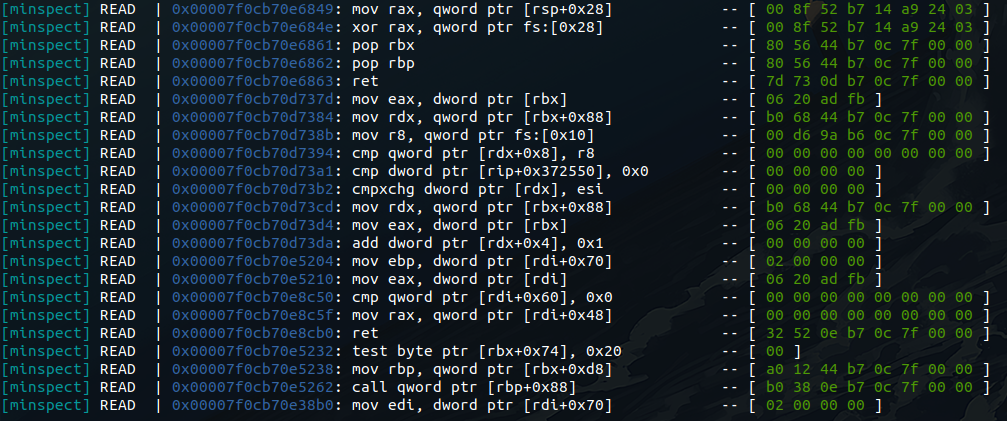
This is due to the alignment of top and provides much cleaner output: cut memory_raw -d',' -f3 | tee memory_used_withlabel.txtĬut memory_used_withlabel.txt -d' ' -f3 | tee memory_used. As we later found out, it is much faster to leave out the cut command during data acquisition, then perform the cut command on the output file later.Īlso, we had no need for timestamps in our tests.īegin Logging: top -bd 0.1 | grep 'KiB Mem' | tee memory_raw.txtĢ levels of cut (filtering), first by comma, then by space. It does turn out that piping through cut cause MASSIVE delay in getting anything out to file. In my case I wanted to use top also because you can run memory stats faster than 1 second per capture, as you can see here I wanted to capture a stat every 1/10th of a second. The user can indeed modify the 0.1 to another number in order to run different capture sample rates.

The standard output from top when grep ing with Kib Mem is: KiB Mem : 16047368 total, 8708172 free, 6015720 used, 1323476 buff/cacheīy running this through cut, we filter down to literally just the number prior to used SolarWinds Server & Application Monitor (SAM) 7. OR: top -bd 0.1 | grep 'KiB Mem' | cut -d' ' -f10 | tee memory.txt 10 Best Linux Monitoring Tools and Software to Improve Server Performance 2023 Comparison Posted on Januby Ehab Qadah Table of Contents 1. So here is the answer that I came up with: top -bd 0.1 | grep 'KiB Mem' | cut -d' ' -f10 > memory.txt all will seem to output without excess filtering.


So I know that I am late to this game, but I just came up with this answer, as I needed to do this, and really didn't want the extra fields that vmstat, free, etc.


 0 kommentar(er)
0 kommentar(er)
